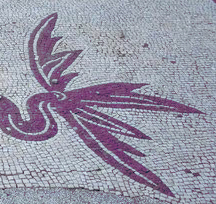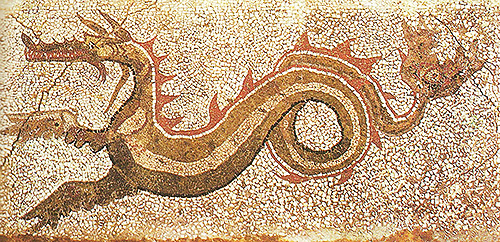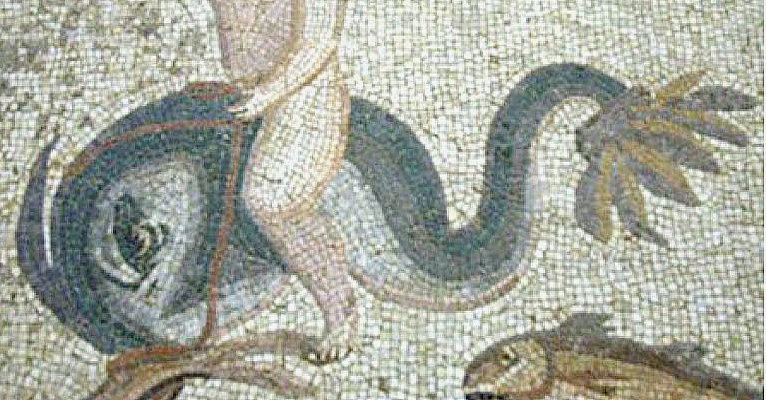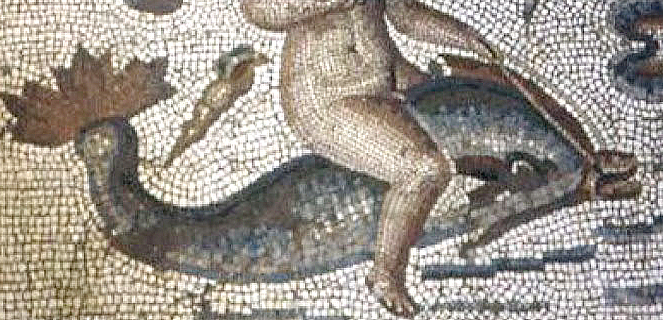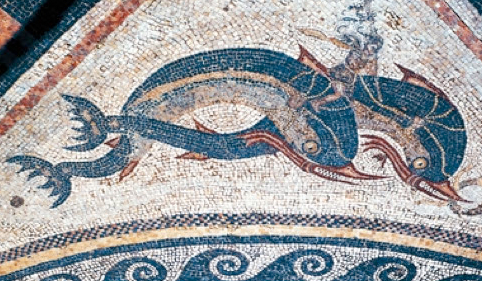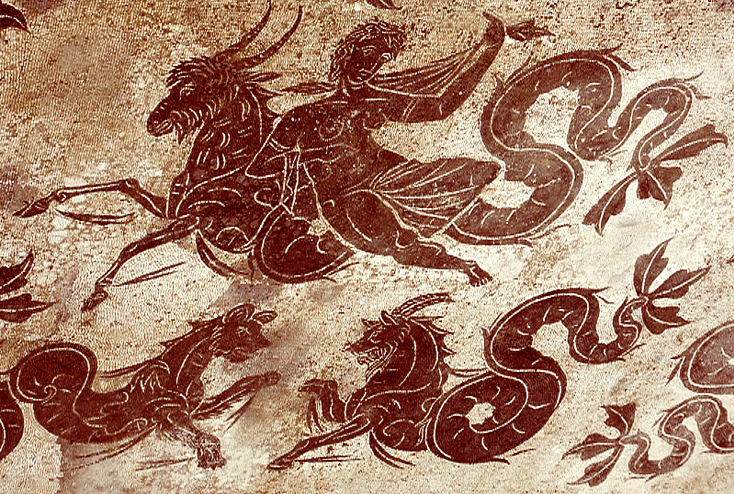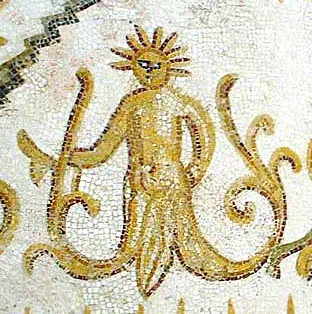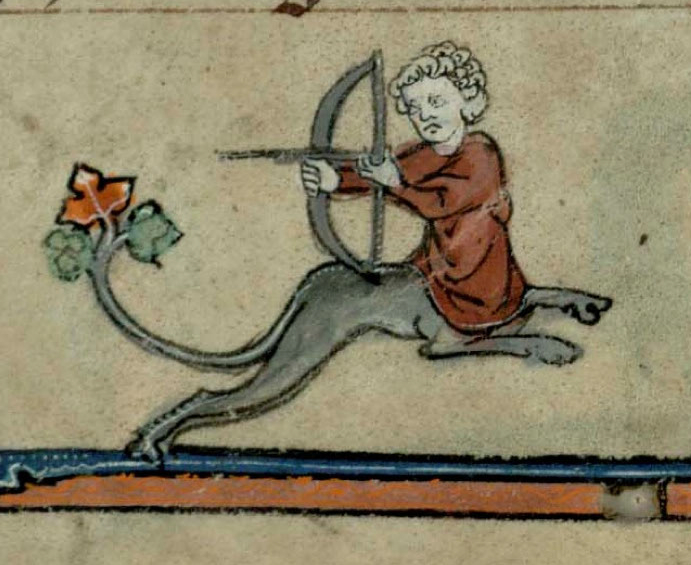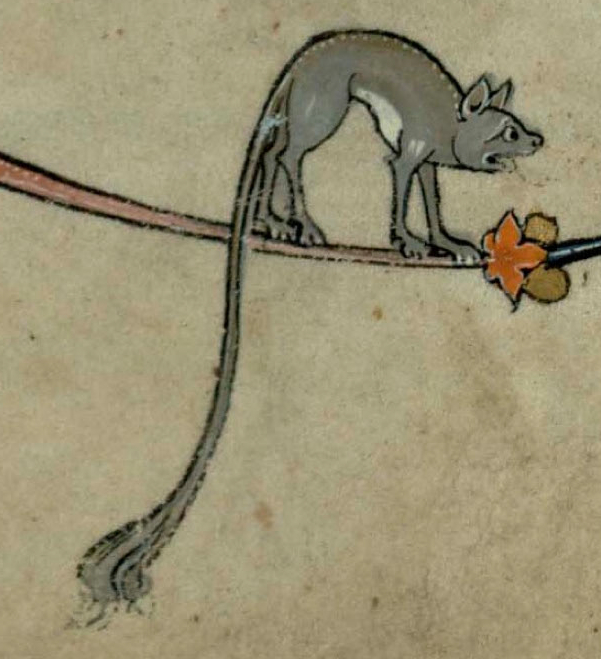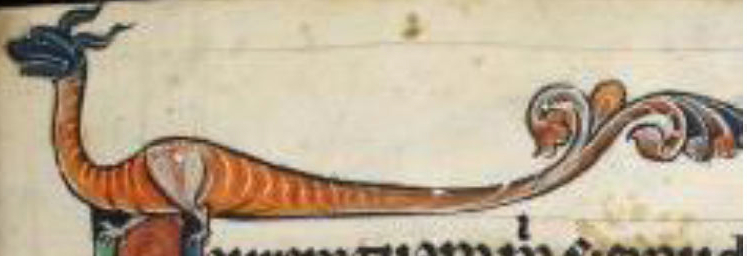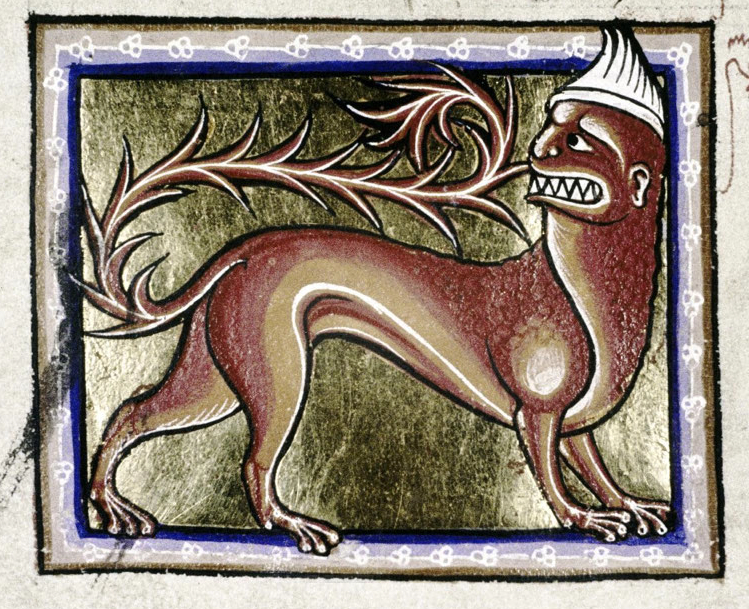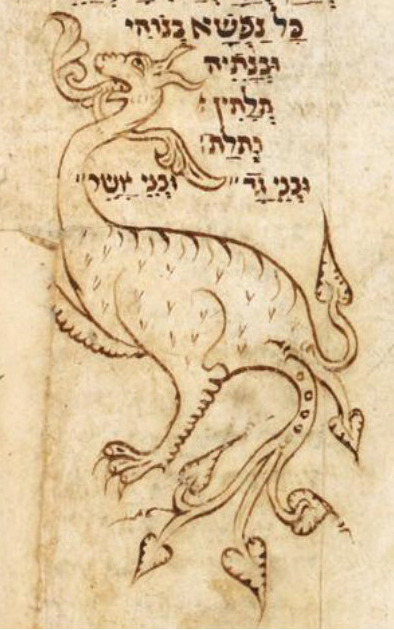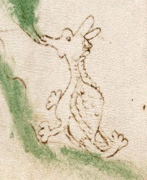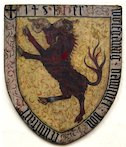What is a sheep doing in a pond?
http://avavolleyball.com/wp-json/oembed/1.0/embed?url=https://avavolleyball.com/juniorolympicvolleyball/u16-chaos/ Voynich researcher René Zandbergen posted a picture of the emblem for the Knights of the Golden Fleece, an organization that was apparently founded in 1430 and, in the same thread, Koen Gheuens pointed out the similarity between the pangolin-like critter and the critter in the upper right corner of the pond that I mentioned in a previous blog.
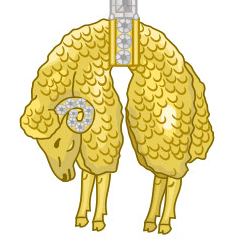 I had never seen the dead-looking sheep emblem before today (it’s apparently a fleece, not a dead sheep), but I have heard of the knights of the Golden Fleece and I am familiar with the mythical story of Jason and the Golden Fleece.
I had never seen the dead-looking sheep emblem before today (it’s apparently a fleece, not a dead sheep), but I have heard of the knights of the Golden Fleece and I am familiar with the mythical story of Jason and the Golden Fleece.
The reference on the forum to the golden fleece immediately brought to mind this famous depiction of Jason on a piece of beautifully crafted ancient pottery (Vatican Museum, ca. 5th century BCE):
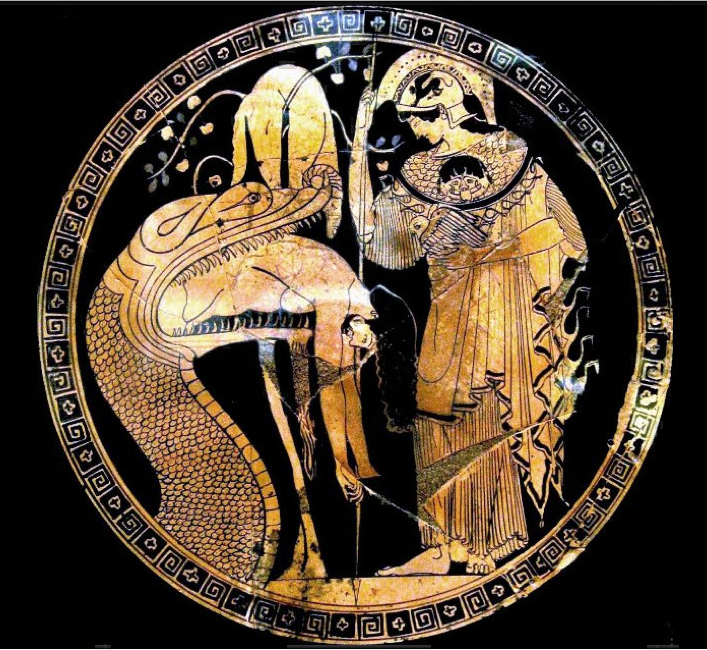 The serpent or dragon is guarding the Golden Fleece which is hung in the sacred tree, and Jason is emerging from its mouth with some help from Medea who worked a spell on the dragon.
The serpent or dragon is guarding the Golden Fleece which is hung in the sacred tree, and Jason is emerging from its mouth with some help from Medea who worked a spell on the dragon.
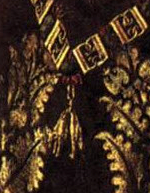 In later depictions in the middle ages, a pendant with the hanging fleece can be seen around the necks of some of the early members to the order. The painting on the right, which I discovered after learning about the founding of the Order, includes the pendant worn by Baudouin de Lannoy, who was inducted in 1430.
In later depictions in the middle ages, a pendant with the hanging fleece can be seen around the necks of some of the early members to the order. The painting on the right, which I discovered after learning about the founding of the Order, includes the pendant worn by Baudouin de Lannoy, who was inducted in 1430.
But getting back to the more ancient depictions… does that image of Jason half-swallowed seem familiar to those of you who have looked at the pond images in the VMS?
I’ll post the picture of the pond again, which I’ve mentioned both in the post about melusines and with reference to the images in the left margin of folio 79v. Below left, a figure is standing in a fish (or perhaps a serpent?) and, on the far right, a somewhat sheep-like critter (it has always looked somewhat sheeply to me) lies in a strange posture reminiscent of the symbol of the golden fleece:
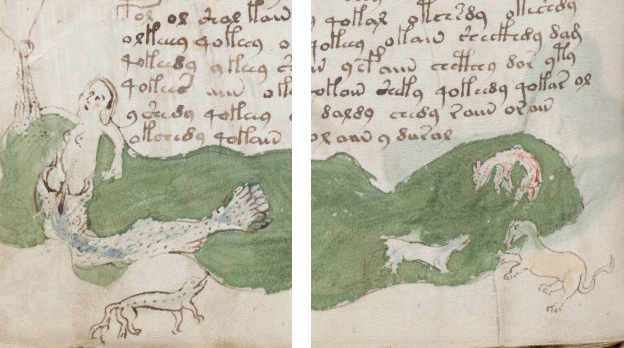
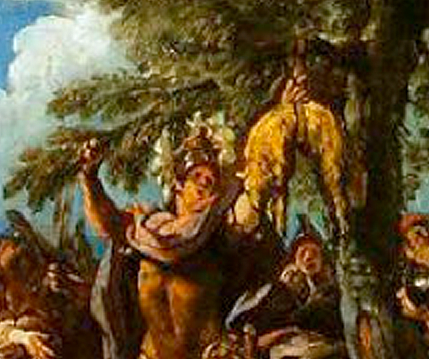 A coincidence? Probably, especially considering it’s unwise to jump to conclusions about the meaning of the pond images without assessing the drawings along the left side (described in a previous blog). Plus, there’s no sign of the other personalities in the story of Jason and the Argonauts, or of a sacred tree… or is there?
A coincidence? Probably, especially considering it’s unwise to jump to conclusions about the meaning of the pond images without assessing the drawings along the left side (described in a previous blog). Plus, there’s no sign of the other personalities in the story of Jason and the Argonauts, or of a sacred tree… or is there?
I recently digitally removed some of the paint from the pond and found a strange branch-like appendage apparently coming out of the sheepy creature’s behind. It’s positioned like a tail, but is it a tail? Is it actually attached to the critter or coming from behind it?
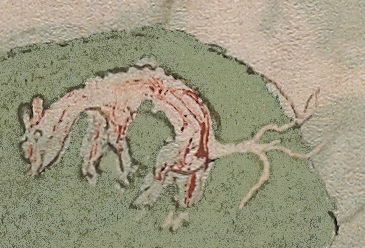 Could it represent part of a tree? It looks more like roots than branches, but I suppose it might be branches. As mentioned previously, flower- and tree-like tails were popular embellishments in medieval manuscripts so it may be an idea for a tail that was abandoned or painted over by someone else. And what is that faded line that stretches up from the critter’s back? A smudge? a mistake? an idea that was shelved and partly erased?
Could it represent part of a tree? It looks more like roots than branches, but I suppose it might be branches. As mentioned previously, flower- and tree-like tails were popular embellishments in medieval manuscripts so it may be an idea for a tail that was abandoned or painted over by someone else. And what is that faded line that stretches up from the critter’s back? A smudge? a mistake? an idea that was shelved and partly erased?
I don’t know if the sheep-like image is in fact a sheep, maybe the red color indicates a fox… and I’m not sure it’s related to the story of Jason and the Golden Fleece but, from a purely visual point of view, it’s an interesting parallel that might be worth keeping in mind.
J.K. Petersen
© Copyright 2016 J.K. Petersen, All Rights Reserved

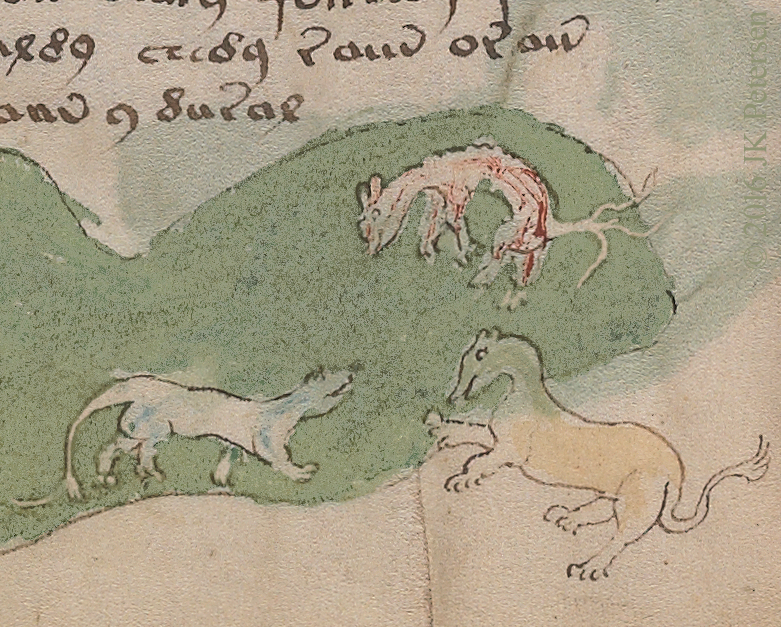 It’s not unusual to find a feathered tail on images of animals that look like lions, but the critter top-right has a very strange branch-like (or root-like) appendage where one would expect a tail and the lower-left one is unusual too.
It’s not unusual to find a feathered tail on images of animals that look like lions, but the critter top-right has a very strange branch-like (or root-like) appendage where one would expect a tail and the lower-left one is unusual too.